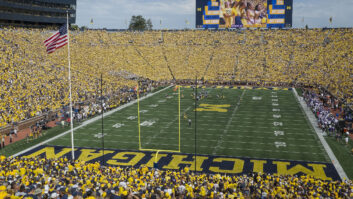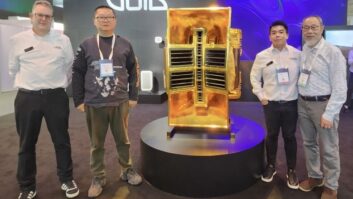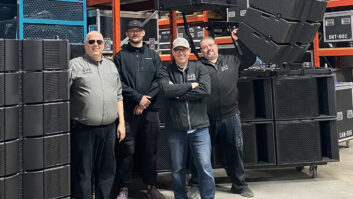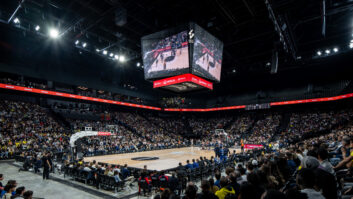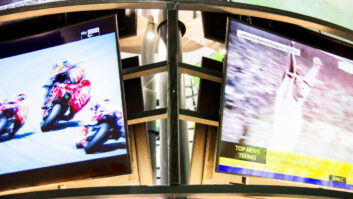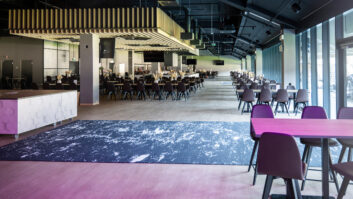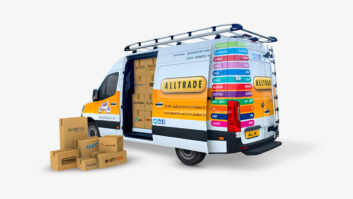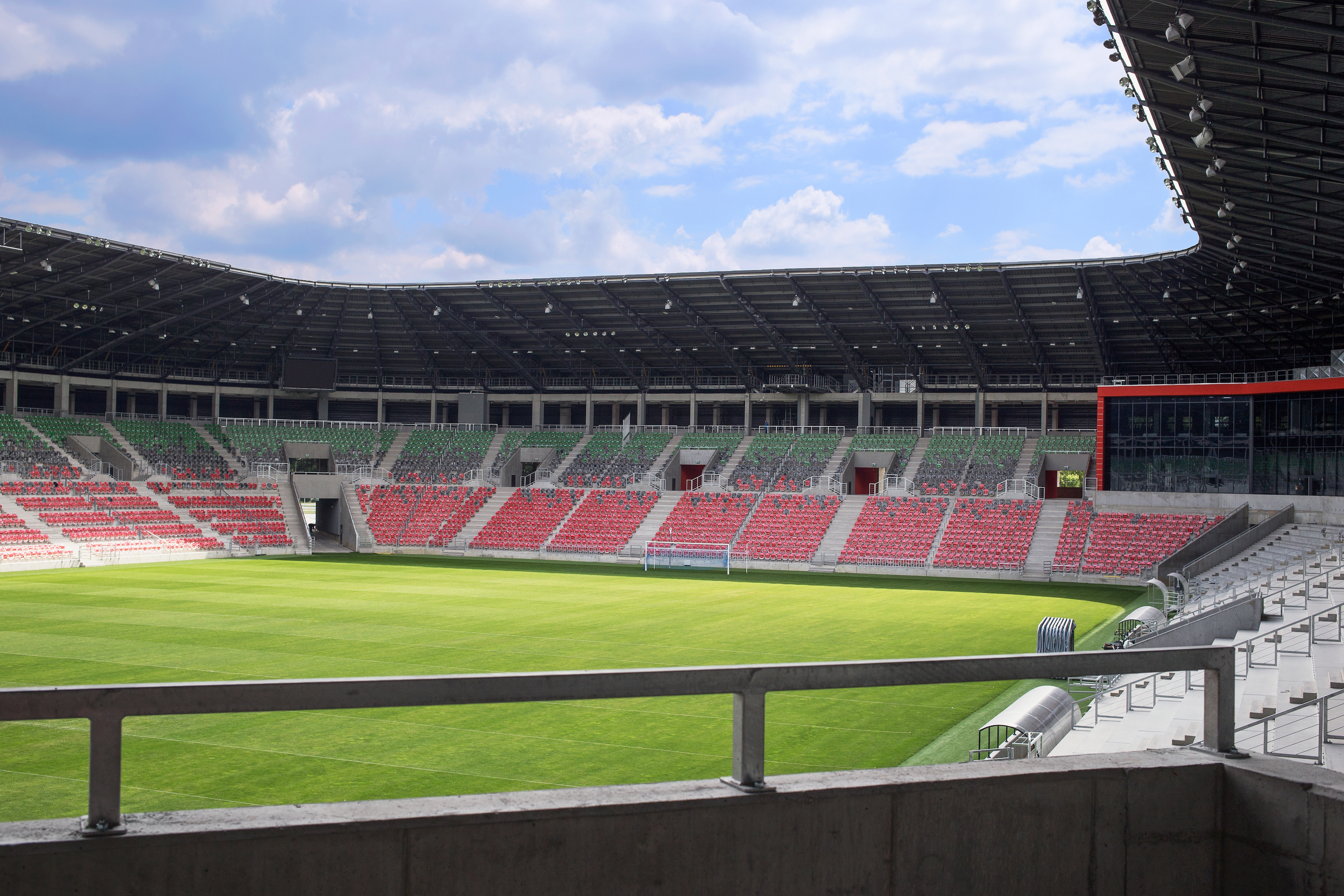
Jamie Ward of Community Professional Loudspeakers offers insights on the challenges facing manufacturers working on stadium installs, with project delivery timelines shrinking and the increase in stadiums as multipurpose venues.
What are the main challenges of working on stadium projects?
Stadium projects in general are becoming increasingly complex as designers, owners and end users often have different expectations and requirements. So having good relationships and ongoing communications with all the stakeholders is absolutely essential in order to help achieve the best possible system solution.
From a manufacturers perspective, timelines and logistics can be challenging especially depending on the location globally. Increasingly the time between the order and expected delivery continues to shrink, which can place huge pressure on manufacturing especially when larger format loudspeakers with custom configuration or colour requirements are involved. Just last month Community had five substantial stadium projects across EMEA simultaneously requiring shipment of large quantities of various R Series loudspeakers, which was a real challenge to meet in addition to our regular business. Some of these were known about for a while, but a couple of them came through with just a few weeks’ notice!
Mounting options must also be well thought out in advance as it’s not always possible to positon the loudspeakers where we would ideally like to and maintaining the best possible coverage is critical. Sometimes this can even be down to an architect’s vision rather than a physical structure restriction, so again a great open relationship with the installer and other parties remains key.
What technical expertise is required to deliver stadium solutions?
Installers need very diverse experience in rigging, networking, electrical/fire codes, RF (Radio Frequency), REVIT/MEP, Audio and Broadcast video.
From the manufacturer’s point of view it is critical that everyone understands the expectations of the systems which likely have been well thought out by the system designer or consultant. We find that having our Technical Applications Group is also critical to help support installers throughout the process and to help verify system designs. Several of our applications engineers actually work in professional sports sound as well, which provides a real additional breadth of experience.
Outdoor stadium systems also require an increased level of understanding regarding materials and construction of loudspeakers, which are expected to survive 10 years or more in a wide range of environments and extreme weather conditions.
Designing systems to be resistant to high temperatures, freeze/thaw cycles, sideways rain and salt air all starts from product inception and generally does not lend itself to simple ‘weatherising’ of a traditional indoor system.
What are the products that you find are most important to know about in depth in the stadium market?
Aside from the usual audio and video systems knowledge, the IT infrastructure and supporting equipment must be completely understood and supported. Almost everything is on a network so the ability to configure servers, switches and networks is paramount.
It’s also important to consider the increasingly wide use of stadiums as multipurpose venues. From regular sports events to conferences and concerts, owners are progressively diversifying to drive additional revenue streams. Thinking ahead can influence a more flexible design and smarter product choice to make an installation more cost effective and reduce the need to rent in additional systems depending on the requirements.
How are stadiums using AV technology to improve fan engagement?
Video display systems are playing a large part with ribbon boards and higher definition displays bringing attendees more information (and driving advertising revenue for the venue) on a more regular basis.
From our point of view and confirmed by Dave Howden, our director of technical services who also works as a system operator in three major sports venues, patrons remain more engaged for the duration of their time at an event when the sound is highly intelligible. If they cannot understand it they will tune out of the message. People have a degree of tolerance for unintelligible music but when they are trying to listen and follow along with unfamiliar voice announcements it is very different.
Leveraging the appropriate loudspeaker technologies with the venue acoustics and architecture will help successfully engage patrons, create excitement and keep them ‘tuned in.’
There are numerous areas with very different acoustics and projection distances to consider.
At the entrance of the facility, intelligible instructions about security procedures reaching people before they go through the process aids efficiency. Interspersed in this messaging can also be selling opportunities for upcoming events. You have a captive audience in the queue and the noise levels can get high so a quality system designed to project the appropriate distance is greatly desirable.
In the concourses of venues the quality of sound often varies depending on architectural considerations. There are some positive trends towards increasing the sound quality in these areas through more directional loudspeakers or better overhead density and even some acoustical treatment makes it through budgeting from time to time.
These ceiling, elevator lobby, lift, ramp, concourse, concession and club area systems often need to meet STI requirements for emergency use. Patrons benefit from higher standards of these entertainment systems.
Concourses, especially enclosed ones are always challenging for intelligibility but again, the application of the right speaker technology for the acoustical environment gives the opportunity to continue the engagement of patrons while they make their way to concessions or their seat, often with distributed video support in higher traffic areas.
For the event seating area, AV engagement amplifies the energy from the participants in the match. High quality imagery and compelling content coupled with intelligible audio maximizes fan engagement.
Room acoustics and architectural considerations will drive the selection of the loudspeaker technology needed to create the most intelligible system. Carefully placed acoustical treatments are always beneficial when possible.
Tell us about a recent installation project that highlights Community’s expertise in the stadium sector.
An excellent example of a stadium which demonstrates Community’s expertise is Tychy Stadium (pictured) in Poland, which used R Series R.5HP loudspeakers. The project demanded very high SPLs, but using very compact boxes. The sensitivity of the R.5HP is the highest available in its size and price range and the high sensitivity was a big advantage against competitors which would have had to use much larger boxes. The R.5HP’s speech intelligibility is also outstanding and its music quality is good for such an application. Optimum speech intelligibility is a common feature of all Community R SERIES loudspeakers.
All-weather capability is also an outstanding feature of Community R Series loudspeakers. It was essential for Tychy and is one of the key features that has made them a market leader for stadiums in Poland.
